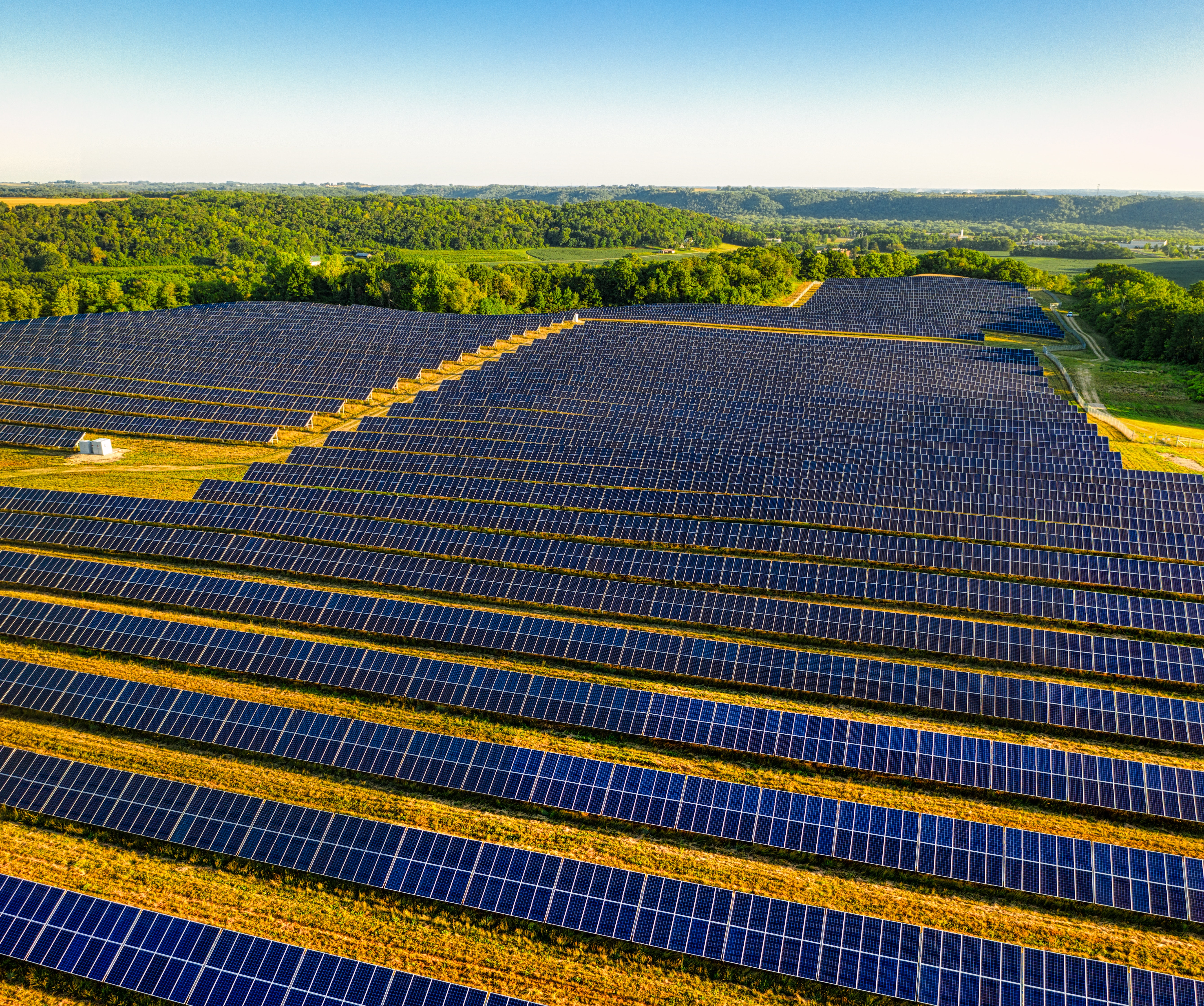The main ambition for oil and gas is to end the UK’s reliance on imported fossil fuels, which will significantly lower our carbon footprint and make the UK energy self-sufficient by increasing our own fuel production.
To do this, the government will be providing licensing for North Sea oil and gas projects through the new North Sea Transition Authority to utilise our reserves on the UK continental shelf. Another advantage of home-grown fuel is that domestic gas will be available on the grid sooner.
While oil and gas will remain the foundation of our energy security, the strategy
indicates that we will be gradually reducing our dependence on fossil fuels, opting instead for greener options such as off-shore wind and hydrogen.
Offshore Wind
By generating wind capacity of up to 50GW by 2030, which at present is only being produced at 40GW, offshore wind is forecasted to be able to provide power to every home in the UK.
The aim is to cut the approval time of any proposed new sites from 4 years to 1, reducing the time it takes to reach the go ahead for construction.
This is paired efforts to increase the number of the UK's onshore wind facilities by offering lower energy bills for communities willing to support proposed inland sites.
Solar Energy
Similar measures are being taken with solar energy, as the government reflect on obstructive regulations for solar projects, such as panelling for domestic and commercial rooftops, in order to accelerate installation.
This stem of the plan has the potential to increase the UK’s solar capacity, which is currently at 14GW, by 5 times that by 2035.
Nuclear
The Strategy addresses the UK’s progress in nuclear power production, which is significantly slower than neighbouring countries, with only one project currently in construction.
Nuclear is considered the more reliable source of energy than either solar or wind, producing up to 100 times more power than both.
The plan outlines measures to catch up with civil nuclear efforts, by pushing projects ahead in parliament for both large scale and small modular reactor projects, as well as providing significant investments under the Future Nuclear Enabling Fund.
This will drive down energy costs in the future, as well as supporting up to 10,000 jobs for each large scale nuclear site.
If efforts for nuclear power are successful, the programme will result in 24GW by 2050, providing 15% of the UK’s electricity demand, meaning that up to a quarter of energy used in the UK will be sourced from nuclear.
Heat Pump Manufacture
The energy efficiency of the heat pump has driven the government to seriously consider them for future production.
In comparison to an average household that uses direct energy heating, a heat pump significantly reduces the energy bills by producing more heat than the electricity it takes to operate them.
In order to encourage accelerated efforts to manufacture British heat pumps and reduce the demand for energy, there will be an investment competition worth up to £30 million being held in 2022.
Hydrogen Production
This is perhaps the most progressive aspect of the strategy, due to the fact that currently the UK isn’t using a significant amount of low-carbon hydrogen in its energy system.
However, the government’s ambition is to increase low carbon hydrogen production from the previous goal of 5GW to 10 GW by 2030, ideally with at least half of this being cleanly produced, ‘green’, electrolytic hydrogen. Any excess electricity used to manufacture it can also be stored, ready to use to power the grid if needed.
With hydrogen being one of the cleanest forms of energy we can create, the target is to integrate it by up to 20% into the natural gas grid.
What does the strategy mean for UK residents?
If the proposals are as successful as they are predicted to be, the effect of the Energy Security Strategy will be enormous for the UK.
With home grown energy the UK can rely less on volatile international markets – with the hopes to avoid situations similar to the one that we’re in right now.
If the strategy works as predicted, it would result in more affordable energy, with the government claiming that consumer energy bills will be lower this decade than they would have been before the implementation of the plan.
Not to mention creating 480,000 new clean jobs in the off shore wind, solar power, and UK hydrogen industry by 2030.
What do experts think about the UK’s energy strategy?
While the strategy may seem progressive, there are some who strongly oppose it, arguing that the proposals won’t result in any immediate solutions for the struggles the country is facing, including energy demands and costs.
Critics of the plan feel that other options that could allow us to reach our energy goals sooner have been discounted.
The shortest and cheapest routes to energy self-sufficiency are onshore wind and solar power, but energy experts and environmentalists feel that the government’s efforts are being funnelled into other areas.
Many would have preferred to see the strategy steer away from fossil fuel dependency, instead of expanding projects in the North Sea. There has also been frustration surrounding the attitude to nuclear power, with the proposals for mini nuclear reactors to supply towns and cities.
While the main concerns lie in the security and safety issues around these projects, it has also been noted that previous governments have attempted nuclear power revivals in the past and failed to deliver.
Further complaint of the strategy comes from reports that the Treasury blocked the proposal to introduce home insulation incentives, which could have been a solution to the issue of UK homes leaking heat, as this directly addresses the living cost crisis.
“At Communal Energy Partners, we believe that while some aspects of the Energy Security Strategy are a step in the right direction, there could have been more focus on correcting the short term issues we are currently facing. There are active measures that could be taken to deliver immediate answers to energy security, and there’s still a long way to go.”
- Paul Maton, Communal Energy Partners
To stay informed about future developments, and the ongoing energy crisis, click here to join our mailing list


